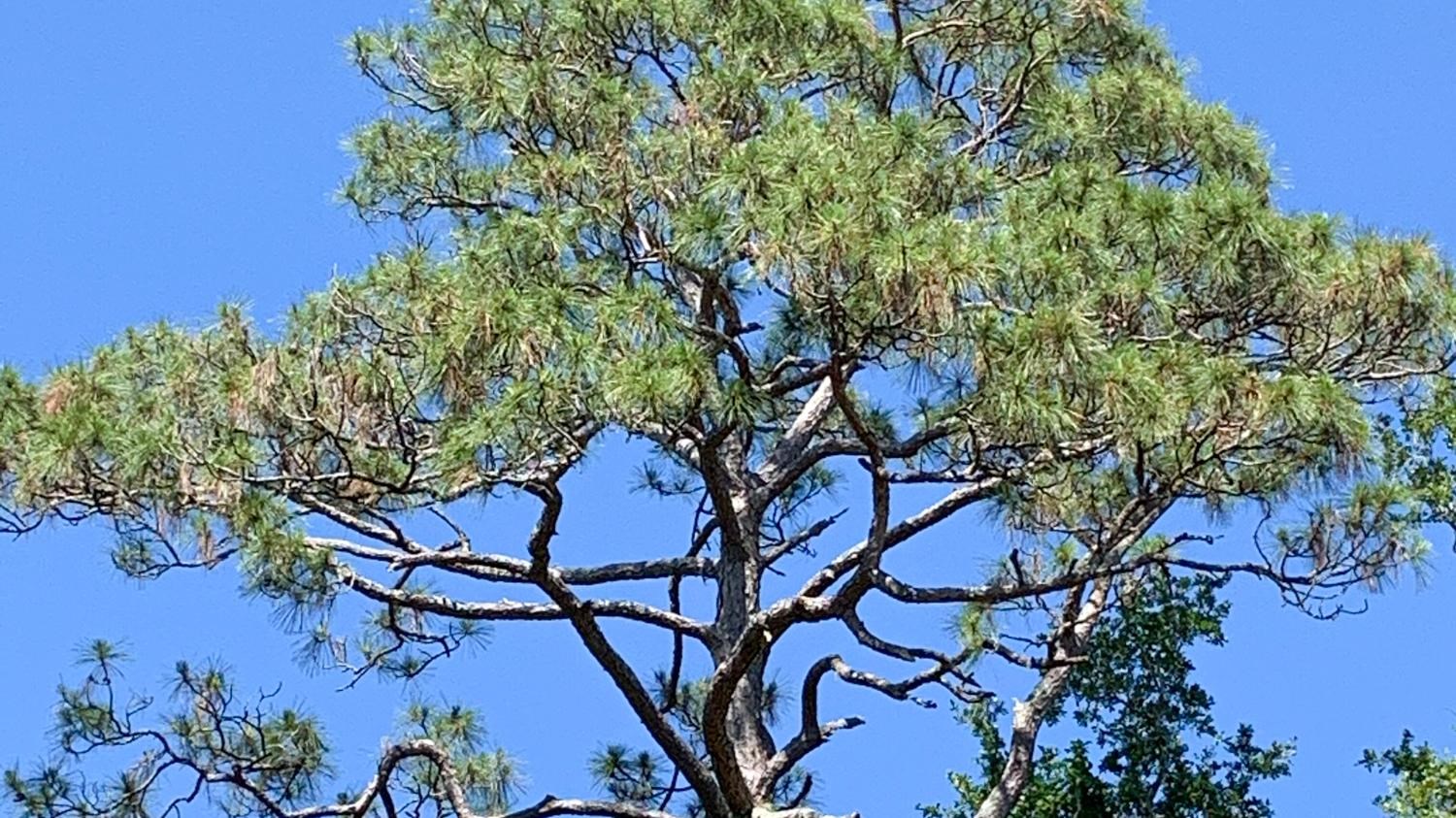Last updated: April 17, 2021
Place
River Trail Stop 1

NPS Photo
Quick Facts
Amenities
1 listed
Historical/Interpretive Information/Exhibits
Stop #1: Pine (Pinus sp) Yellow pine is a generic term for several species of pine trees that are found in the Southeastern United States. When facing post number one, look east and slightly south. The Pine tree towers into the canopy above Red Bay and shrubs. Vines climb the trunk of the tree. The pine trees found on Cumberland Island in Timucuan times would have been much larger than any found here today.
These large trees were harvested to make canoe-like vessels called pirogues. Timucuans did not carve these trees into canoes but used the power of fire to hollow out a cavity. Embers would be set on the log to char the top of the log. The charred wood was scooped out with shell tools and the burning continued until the log was hollowed out to make a canoe. Wet clay was applied to the areas that should not be burned. The completed vessels moved swiftly, and a large pirogue could carry 15-20 men.
These large trees were harvested to make canoe-like vessels called pirogues. Timucuans did not carve these trees into canoes but used the power of fire to hollow out a cavity. Embers would be set on the log to char the top of the log. The charred wood was scooped out with shell tools and the burning continued until the log was hollowed out to make a canoe. Wet clay was applied to the areas that should not be burned. The completed vessels moved swiftly, and a large pirogue could carry 15-20 men.
